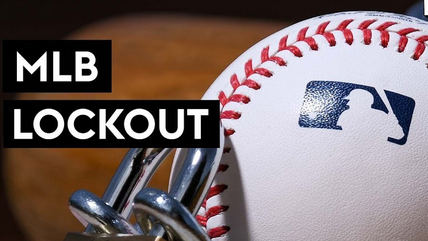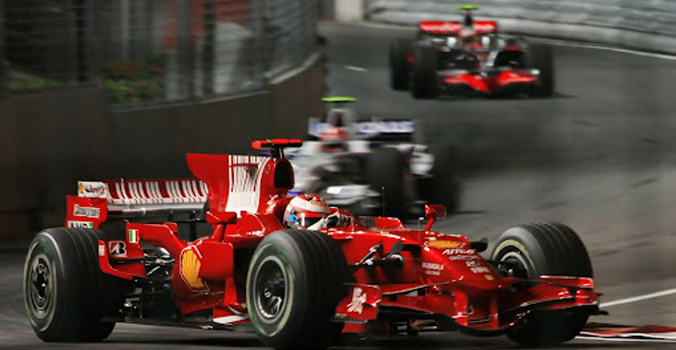Photo: YouTube
As Major League Baseball’s scheduled March 31 opening day looms nearer without a new collective bargaining agreement (CBA), the nation’s sports media are pointing fingers squarely at both sides: the players’ union as well as team owners, who have been locked in so-far fruitless talks since the owners imposed a lockout in early December.
“After a half-year of bickering over the sport’s economics, baseball’s warring factions couldn’t even agree on whether to have a mediator,” wrote veteran Associated Press sports reporter Ronald Blum (2/4/22). Paul Hoynes of Cleveland.com (2/15/22) wrote that the start of spring training had been postponed because instead of seeking a quick resolution, “the two parties have circled each other like pampered and spoiled entities too self absorbed to reach a settlement.”
The Tampa Bay Times’ John Romano (2/15/22) likewise decried both owners and players, saying the two sides had months to work on a solution, and instead have mostly ignored each other while suggesting the other side is being A) uncooperative B) unrealistic C) disingenuous D) all of the above.
It’s the kind of both-sidesing that’s familiar in media coverage of partisan political debates, whether over the right-wing insurrection at the Capitol (FAIR.org, 8/2/21), congressional budget battles (FAIR.org, 12/22/20), or the benefits of injecting bleach to ward off Covid (FAIR.org, 4/28/20). As in those cases, the media’s coverage of the ongoing baseball lockout obscures both the origins of the dispute and who’s responsible for its consequences.
Enshrining loophole gains
While the lockout officially began when MLB’s CBA expired on December 2, everyone in the sports world has known for years that team owners were preparing to shut down baseball in hopes of enshrining the gains they’ve made in exploiting loopholes in the last agreement to siphon money away from players and into their own pockets.
Soon after the previous CBA was agreed to in 2016, owners began aggressively cutting loose players in their prime who were eligible for higher salaries under the league’s system of arbitration (which kicks in once a player has three to four years in the majors) and free agency (which requires six to seven years of service time).
In 2019, the last season for which full data is available, over half of the total service time was accrued by players who combined for less than 10% of the total pay (Twitter, 12/2/21)—indicating that team owners were still paying for stars, but otherwise filling out their rosters with the cheapest talent available. Read more.







